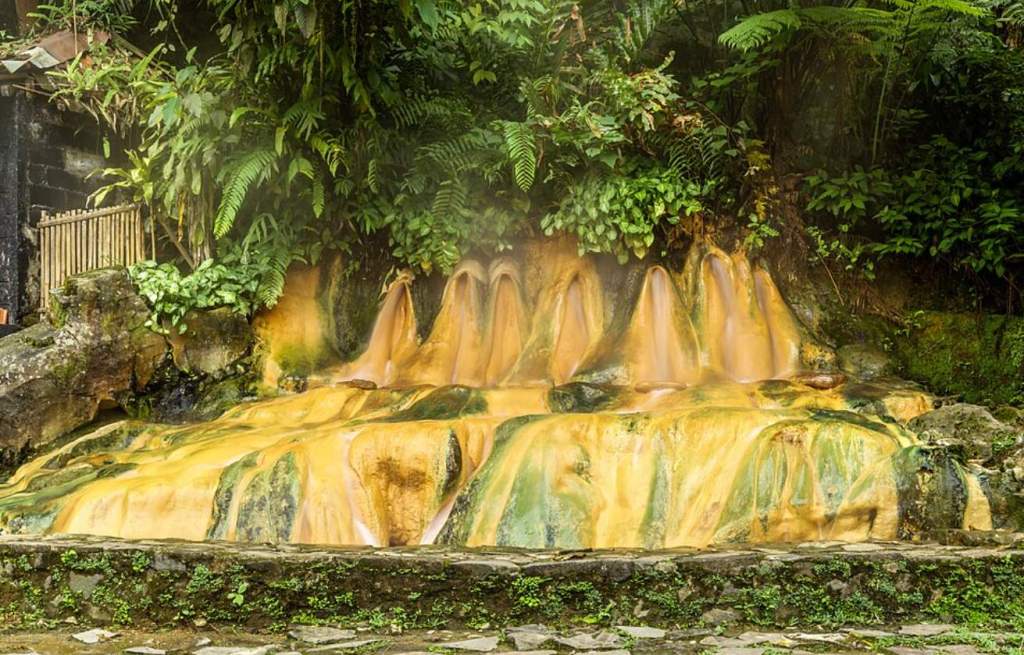Qutub Minar is a 73-meter tall, 14.3-meter base diameter formed in the Mehruali Area of Delhi, India. The UNESCO World Heritage Site tilts just over 65 cm from the vertical and contains a spiral staircase of 379 steps. The five-story, tapering tower design has been based on the Minaret of Jam in Afghanistan.
The Qutub Minar is a minaret that was laid out by Qutub-ud-Din Aibek around 1192; however, his son-in-law, Shams ud-Din Iltutmish, finished the minaret in 1220. The minar stood to stand another 149 years after a massive lightning strike damaged the top storey, which was replaced by Firoz Shah Tughlaq in 1369, who added one more storey.
Another Muslim ruler, Sher Shah Suri, also added an entrance to this tower while he was ruling and Humayun was in exile. Moreover, several inscriptions in Parso-Arabic and Nagari characters in different sections of the Qutab Minar reveal the history of its construction and the later restorations and repairs by Firoz Shah Tughluq (1351–89) and Sikandar Lodi in 1489–1517.
The Qutub Minar name is actually derived from the Sufi saint Qutbuddin Bakhtiar Kaki, whom Qutab Ud-Din-Aibak revered. On September 1, 1803, a massive earthquake caused serious damage to Qutub Minar. Major Robert Smith of the British Indian Army renewed the tower in 1828 and installed a pillared cupola over the fifth story, thus creating a sixth.
The tower was built to celebrate Muslim dominance in Delhi after the defeat of Delhi’s last Hindu ruler. The Qutub Minar is the highest tower in India. A noteworthy image of Qutub Minaret is featured on the travel cards issued by the Delhi Metro Rail Corporation, which, in collaboration with the Archaeological Survey of India, has made a 360-degree walkthrough of Qutab Minar available.
The site served as the pit stop for the second leg of the second series of The Amazing Race Australia. The public was allowed to go upstairs of the minaret, but unluckily, chaos happened in 1981 when internal staircase lighting failed, resulting in a massive stampede towards the exit. 45 people were killed in the crash, and a few were injured. Since then, Qutub Minaret has been closed to the public.
The Qutub Minar is surrounded by many historical monuments of the Qutab Complex, including the Quwwat-ul-Islam Mosque “established in 1192 by Qutab-ud-din Aibak, the first ruler of the Delhi Sultanate”, Alai Darwaza, Alai Minar, Ala-ud-din Madrasa, and a much older iron pillar of Delhi made up of 98% wrought iron that has not rusted till date. Moreover, Ala’i Minar, which stands to the north of Qutub-Minar, was commenced by Muslim ruler Alau’d-Din Khalji with the intention of making it twice the size of the earlier Minar.
He could complete only the first storey, which now has an existing height of 25 m. Ala’i-Darwaza, the southern gateway of the Quwwat-ul-Islam mosque, was constructed by Alau’d-Din Khalji in 1311, as recorded in the inscriptions engraved on it. This is the first building to employ Islamic principles of construction and ornamentation.
Qutub Minar has been counted as the highest brick tower in the world, enthralled by the huge structure that withstood all tests of time. Some believe that this prodigious architectural structure was built to propound the prominence of the Islam religion; however, many have the notion that it was built for defensive purposes.
The Qutub Minar first three storeys comprise fluted cylindrical shafts or columns of pale red sandstone, parted by darker red sandstone flanges and by storeyed balconies, carried on Muqarnas corbels. However, the fourth column is made of marble and is relatively plain. The fifth is made of marble and sandstone.
The flanges are engraved with Quranic texts and decorative elements. The whole tower is considered to be within safe limits, although experts have stated that monitoring is needed in case rainwater seepage further weakens the foundation. Apart from the tower, there is a 7-meter-high iron pillar, the tomb of Iltutmish, Ala’i-Darwaza, and the Ala’I Minar.
This tall, majestic structure is visited by thousands of travelers every year from all over the world. The best time to visit Qutub Minar is in the spring, when the climate is pleasing and it is the tourism season of the country.
Also Read: The Alnwick Garden Poisonous Plants






Product You May Be Interested in
- Crush Food Cravings with Odd Water Hack and Melt 62lbs
- Flavor Pairing Ritual Supercharges Women’s Metabolisms
- Unlock your Hip Flexors, which gives you More Strength, Better Health, and All-Day Energy.









